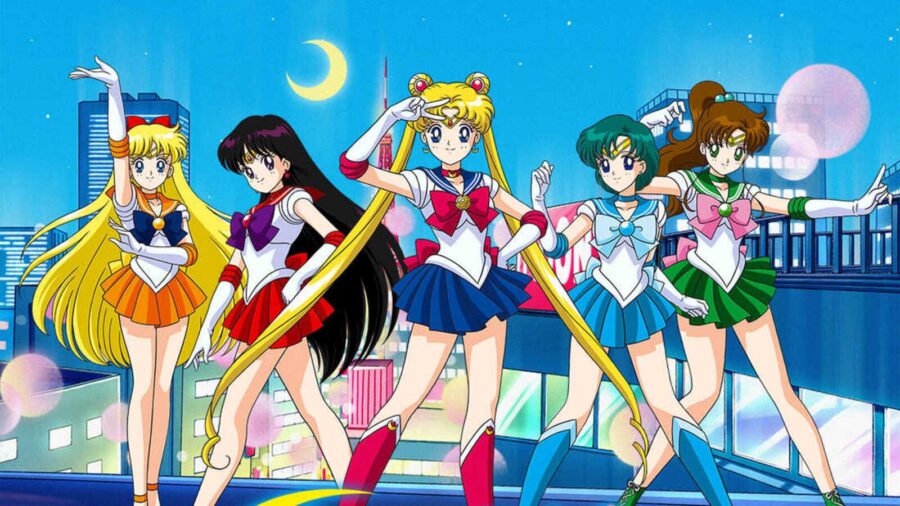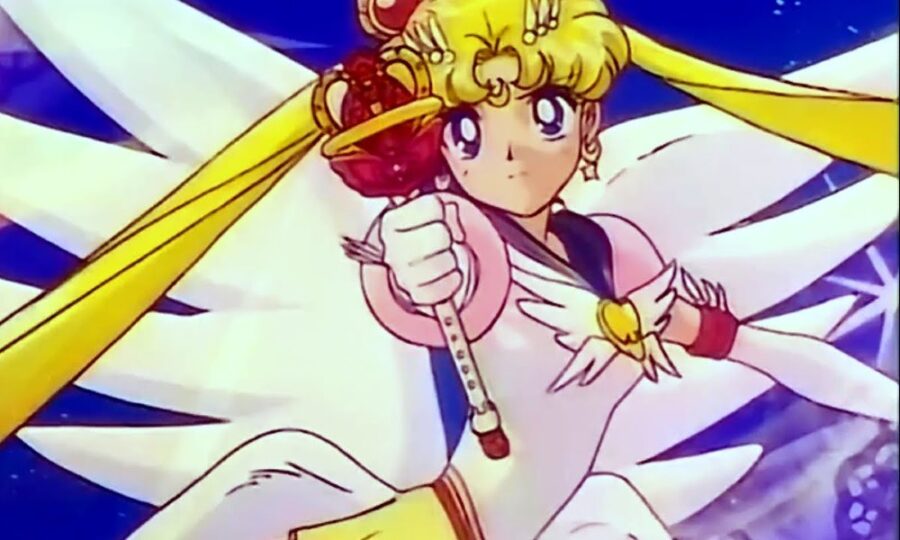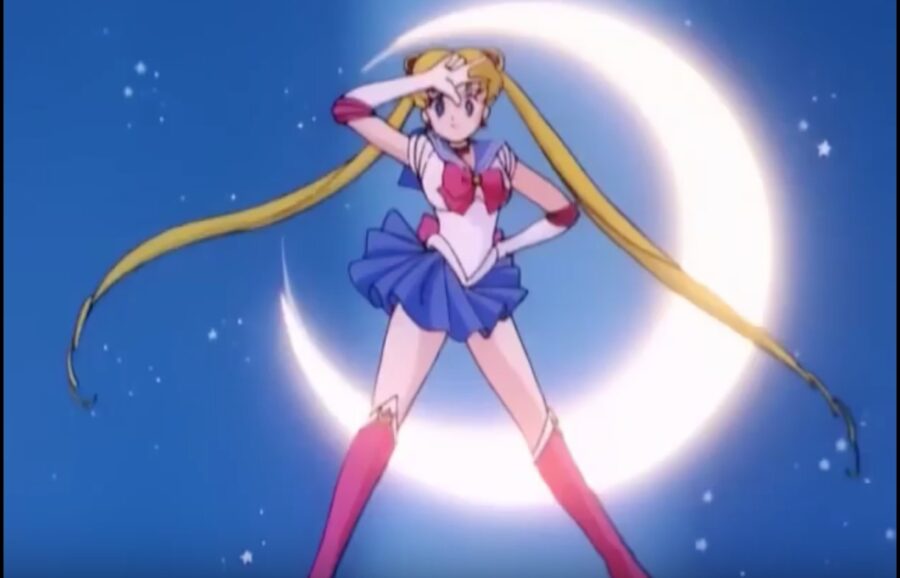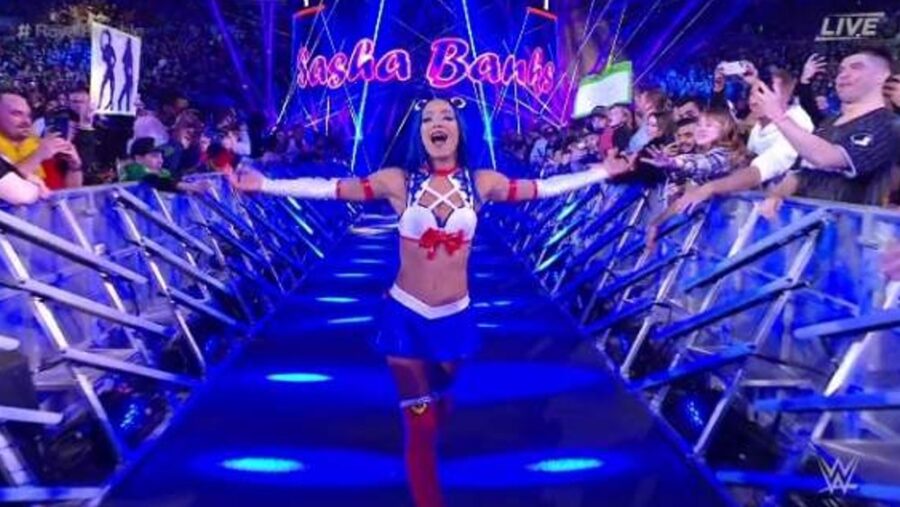How Sailor Moon Forever Changed Anime In North America

Anime has been popular for decades, but in North America, it was incredibly hard to find for the longest time, relegated to VHS tapes, and the occasional niche airing on a bottom-of-the-dial channel. In the early 90s, the American airings of Sailor Moon (streaming now on Hulu) resonated so strongly that Hollywood took notice that maybe this anime thing was going to be a big deal, especially once Pop-Tarts got involved.
Sailor Moon And Strawberry Pop-Tarts Brought Anime To The World

If it wasn’t for Sailor Moon, Dragon Ball Z would not have received as big of a push as it did into North America. Sailor Moon aired first in 1995, two years before Goku would break through in the United States, and despite the horrible timeslots in the morning and early afternoon, when most kids were unable to watch, Usagi and the other Sailor Scouts developed a cult following. Already severely censored for American audiences, the series cut five episodes and changed the backstories of certain characters, but the concept of a Magical Girl anime was mostly unknown to audiences in the West, and even drastically altered, it caught on.
That wasn’t enough to save the series, and after only a few months, it was canceled, having only aired the first one-and-a-half seasons. Sailor Moon fans took action to save the English dub, mobilizing on the nascent internet (this was the time of AOL CDs) and forming SOS, Save Our Scouts, which organized a massive buyout of Strawberry Pop-Tarts in an attempt to prove how far they would to go to support sponsors of the show. This tactic would be used later, with Roswell fans sending hot sauce to The CW and Firefly fans buying massive quantities of anything related to the show, but amazingly, SOS succeeded.
A petition with 12,500 signatures made its way to General Mills, the company that makes Pop-Tarts, and in 1997, USA started airing reruns of Sailor Moon. That wasn’t all, as one year later, Cartoon Network’s Toonami block added Sailor Moon to the rotation, where it exploded to the point that it’s still one of the most popular anime in North America, with references appearing across all media.
Sailor Moon And Magical Girl Anime

To say that Sailor Moon had an iconic visual aesthetic would be an understatement; the transformation sequence alone, which was even parodied in an episode of South Park, is now part of Western animation shows. The “anime power-up” sequence is a common trope of the genre, but every episode would include the sequence, similar to the Mighty Morphin Power Rangers, but here, it’s filled with pink, ribbons, sparkles, and everything designed to appeal to girls. As with Dragon Ball Z, One Piece, and even the more niche Witch Hunter Robin, even if an anime is a Shonen (meant for boys) or a Soujen (meat for girls), quality wins out, and the audience will follow.
Magical Girl anime became, thanks to Sailor Moon, its own sub-genre of anime in the same way as Isekai or Mecha, launching hit series like Cardcaptor Sakura, Revolutionary Girl Utena, and Magic Knight Rayearth. The checklist for a Magical Girl anime reads like it’s describing the Sailor Scouts: transforming heroes, focusing on female friendships, accessories as weapons, and they can be beautiful (not just cute or kawaii) while still fighting like a hero in a Shonen.
Most of all, the characters in Sailor Moon aren’t perfect, and the series treats that like it’s okay. Usagi/Sailor Moon is a horrible student and cries more than Deku, while Rei/Sailor Mars is a hot head, Ami/Sailor Mercury is incredibly shy, Makoto/Sailor Jupiter is a tomboy but longs for a boyfriend, and Minako/Sailor Venus wants to be a famous Idol but also takes her duties as a Scout incredibly seriously. The series recognizes these flaws and shows the characters struggling with them throughout its run, with some of the team having more success than others at developing into better versions of themselves.
On the one hand, yes, that is character progression, but on the other, remember that this was back in the days when it was simply assumed that cartoon characters would remain static. Wakko and Yakko never had character growth, nor did Dexter, and those were some of the biggest animated shows when Sailor Moon was hitting North America.
The Legacy of Sailor Moon

Sailor Moon has endured for nearly 30 years, despite the last series ending in 2019 and only a pair of movies being released since then. Still, go to any convention, and you’ll see women dressed as Sailor Moon, men sporting stylish Tuxedo Mask outfits, and maybe a cat that bears a striking resemblance to Luna. While the aesthetic has proved to be timeless, the anime itself has gone beyond influencing Magical Girl anime to being part of the DNA of some of the biggest animated shows of the last few years.
The first obvious influence, Star vs. the Forces of Evil, is upfront with the constant homages to Sailor Moon, from Star’s transformation to her use of a scepter-like wand as a weapon. Then there’s Steven Universe, which embraces the themes of the classic anime and, as a good homage should do, elevates them to another level.
Hip-hop and anime have long had a close relationship, and that goes beyond anime like Samurai Champloo and Afro Samurai, with the late Juice WRLD sampling Sailor Moon for “6 Kiss,” and pop star Dua Lipa’s music video for “Levitating” includes a Magical Girl transformation sequence.
A few months ago, the latest Sailor Moon movie, Sailor Moon Cosmos, was released in Japan, proving that the ground-breaking franchise is still going strong with no signs of stopping soon. Just remember the next time you’re watching One Piece or Attack on Titan, how different the anime industry would look in North America if not for a lazy teenage girl, her best friends, and a talking cat.












